Captivating Color Photos Show What Philippines Looked Like In The 1960s
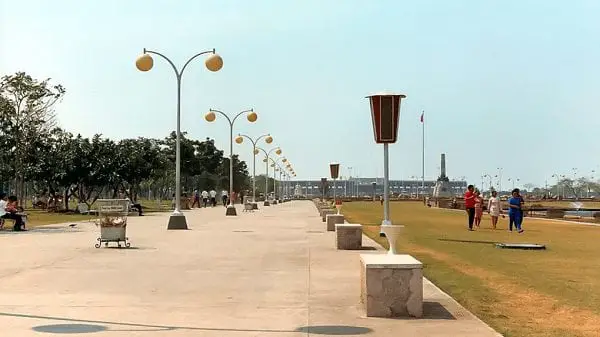
Nostalgia. It’s a word that could mean different things to different people. As defined by the Merriam-Webster dictionary, it is the “pleasure and sadness that is caused by remembering something from the past.”
Mementos from the last few decades have given us bouts of nostalgia, but none more so than the 1960s. In an economic standpoint, it’s the decade that put the Philippines in a level playing field with its neighboring Asian countries. Looking back, one Korean bureaucrat even remarked that they “were like the Philippines!” during those years–struggling with poverty yet hopeful for what the future holds.
Also Read: The Way We Were: Rare Color Photos of the Philippines in the 1950s
In contrast, most Filipinos remember this era as the golden age of everything, a time so simple and full of happiness that they can do anything just to turn back the clock.
But are we being nostalgic for all the right reasons? Or is this deep longing for the past clouding our rational thinking?
The facts and figures don’t lie: From 27.1 million people in the 1960s, the Philippine population has ballooned to a staggering 100,981,437 (as of 2015). Sadly, in our case, growth in population is not directly correlated to progress in other areas.
Related Article: The Chaos After The Storm: Rare Color Photos of the Philippines in the 1940s
According to World Affairs Journal, the Philippines was among the three countries poised to follow the footsteps of Japan as an economic powerhouse in the 1960s. Back then, we were the largest exporter of sugar and coconut products in the region.
As reported in the Atlas of Economic Development by Norton Ginsburg, the Philippines had an impressive literacy rate in the 1960s, even ahead of South Korea, Thailand, Indonesia, Brazil, and most countries in the Middle East. We also had a per capita income (or the average income earned per person in a country) higher than South Korea, Taiwan, and Thailand.
At this point, I know you’re as dumbfounded as I am. So let me ask the never-ending question we all have: What went wrong?
It’s easy to blame everything to what a 1987 Atlantic Monthly article described as Marcos’ kleptocracy. In reality, however, the current state of the Philippines is a by-product of over 50 years of corruption, bad governance, socioeconomic inequalities, population growth, foreign debt, and other factors within and outside of our control.
But while the academics view the 1960s as a critical turning point in Philippine history, others who grew up in this era could only reminisce. For them, it’s a vault full of memories they will forever cherish: Sky Room in Jai-Alai which was a favorite venue for balls; the three-seater jeepneys one could ride for only 5 to 10 cents; and the unforgettable Beatles concert at the Rizal Memorial Coliseum that sent everyone into a frenzy in 1965.
And who would ever forget Alemar’s Bookstore, Aguinaldo’s in Cubao, Ideal Theater, Halili Beer, Fres Gusto, Darigold Evap, Liberty Condensada, Choco Vim, Sison Ice Drops, Acme Supermarket, and other famous landmarks and brands that defined the 1960s childhood? The list is endless, but for the sake of convenience, we’ll let you revisit this wonderful decade with these equally wonderful color photographs:
Also Read: 13 Beloved Pinoy Products That Are No Longer Available
Part I: Manila.


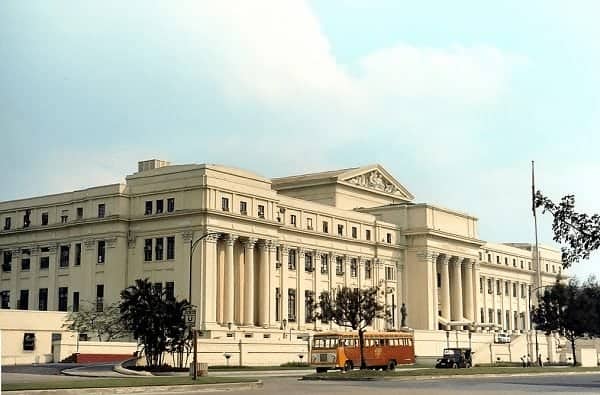
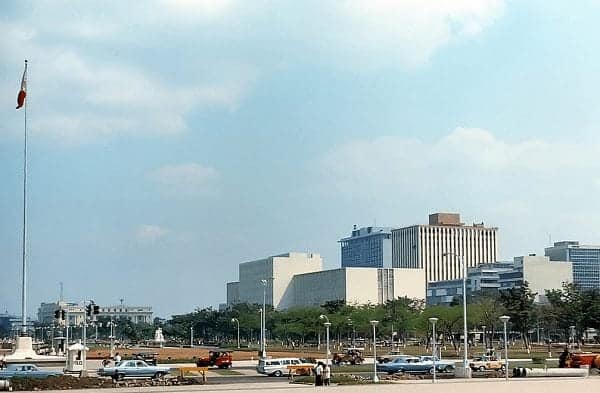

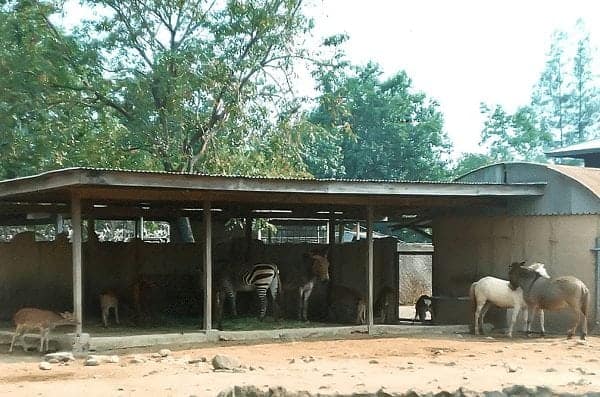
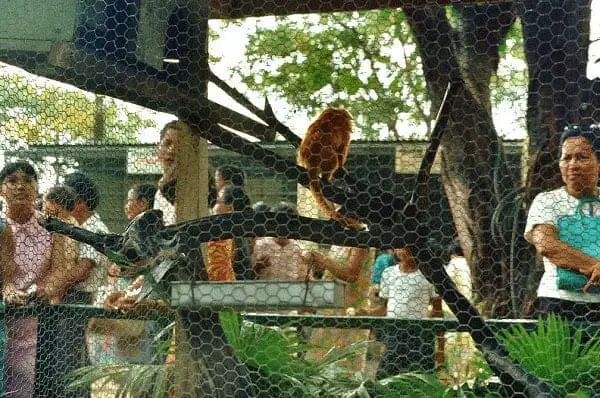
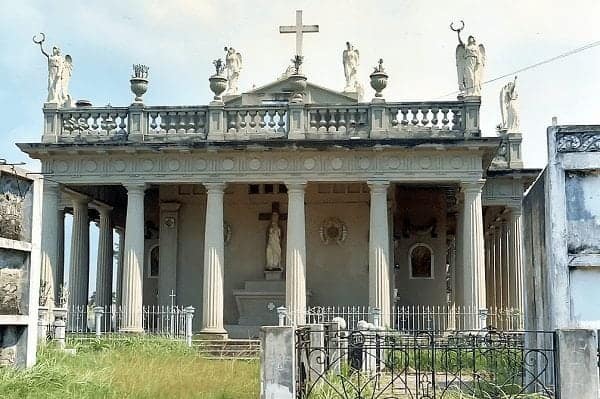
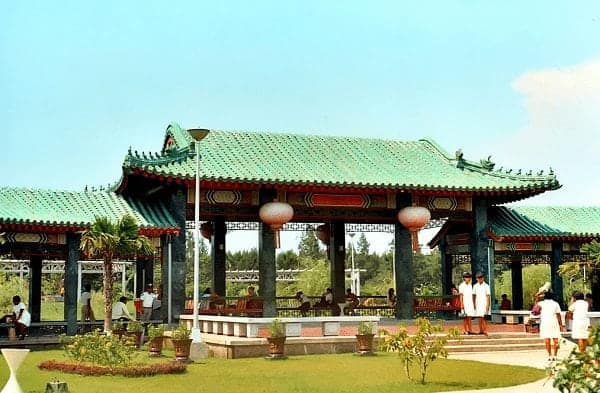
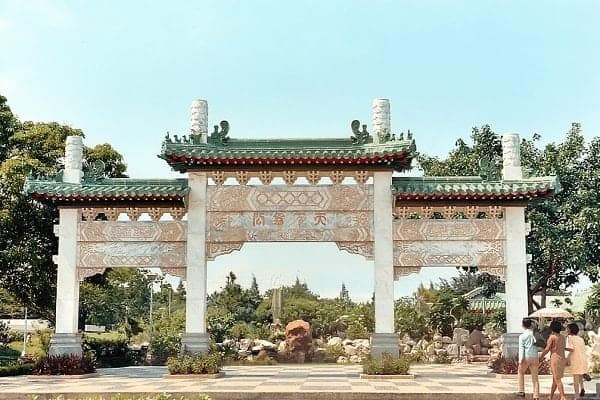
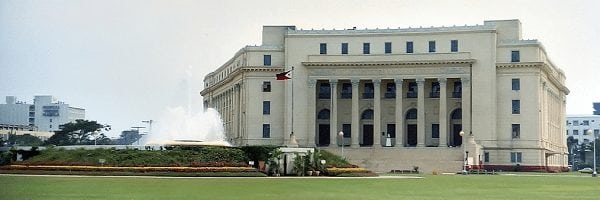
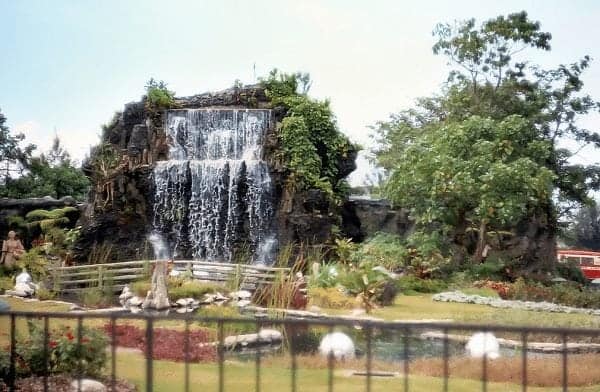
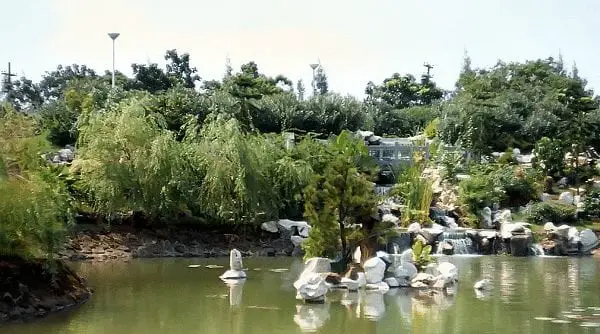
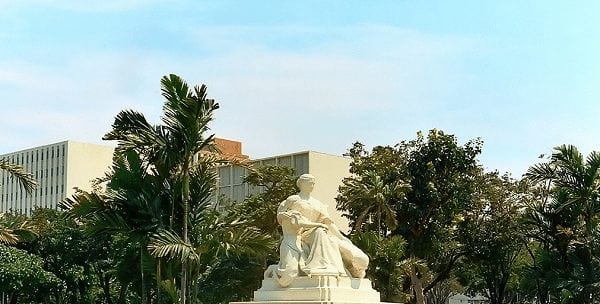
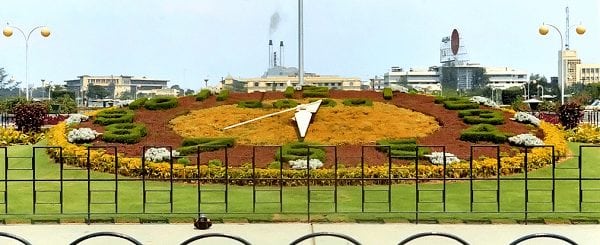
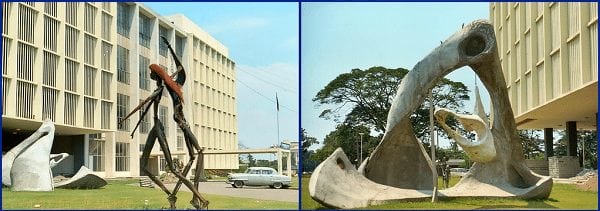

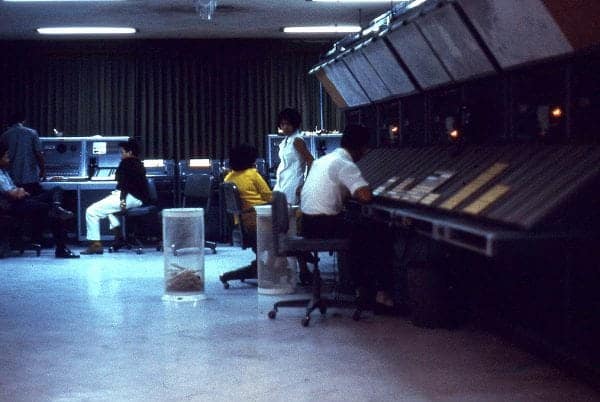
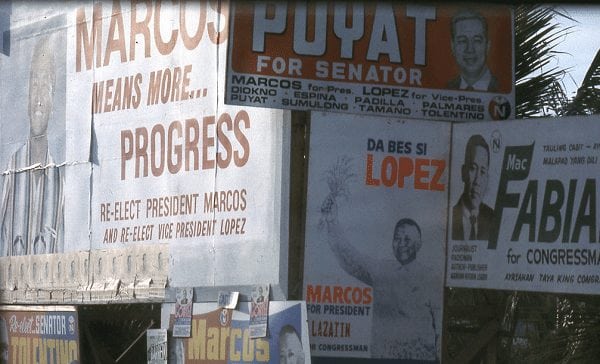
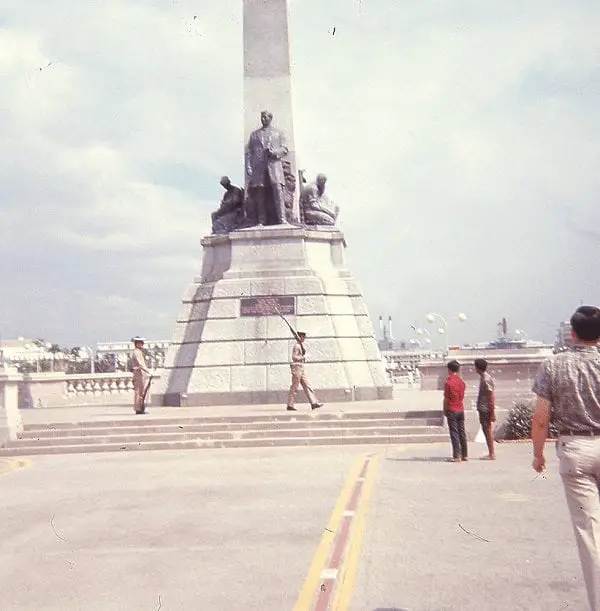

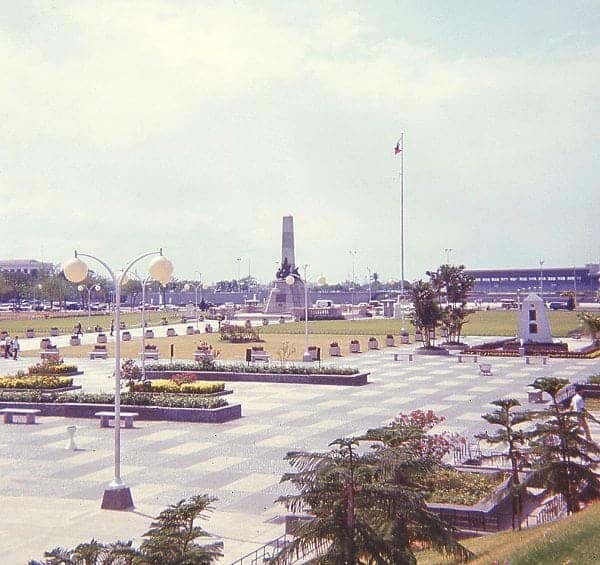
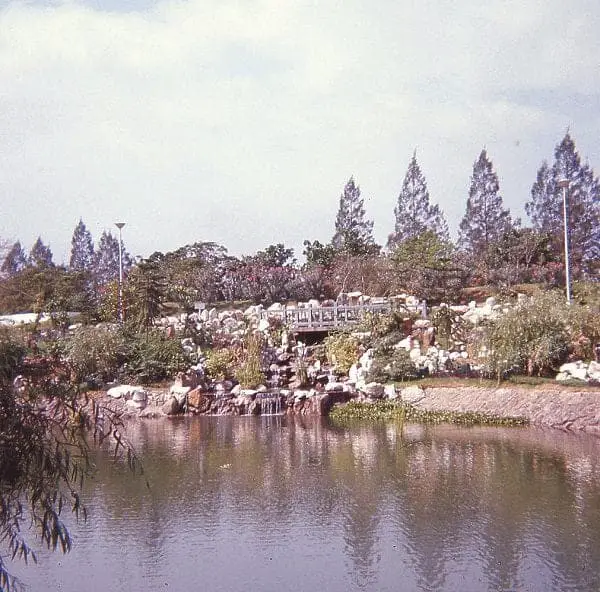
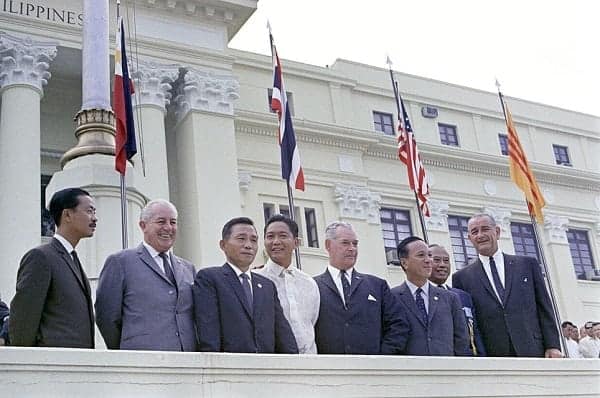
Part II: Zambales.
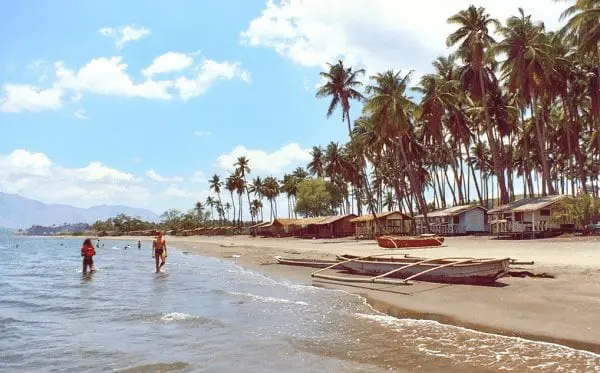
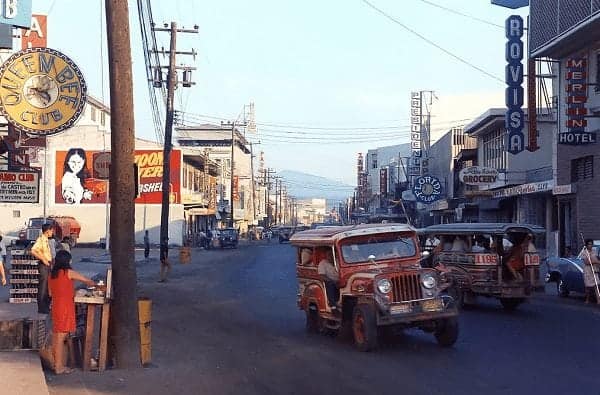
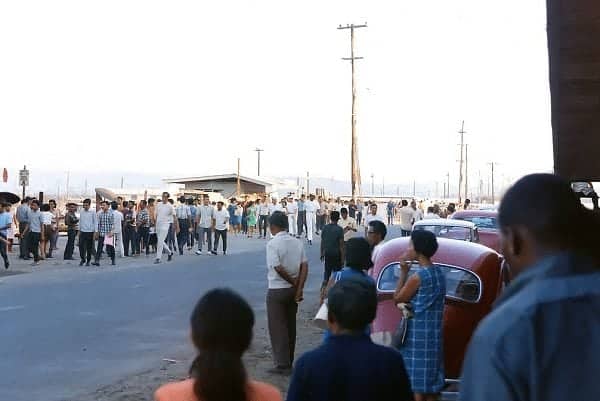
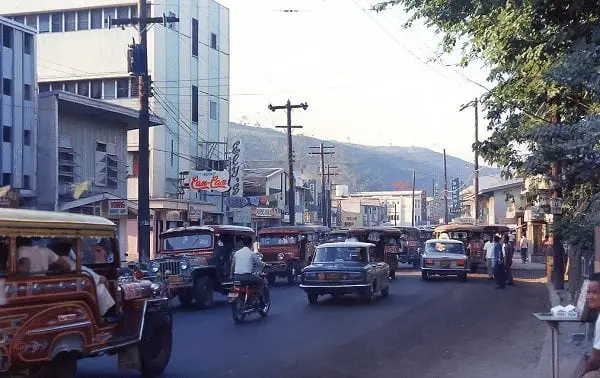
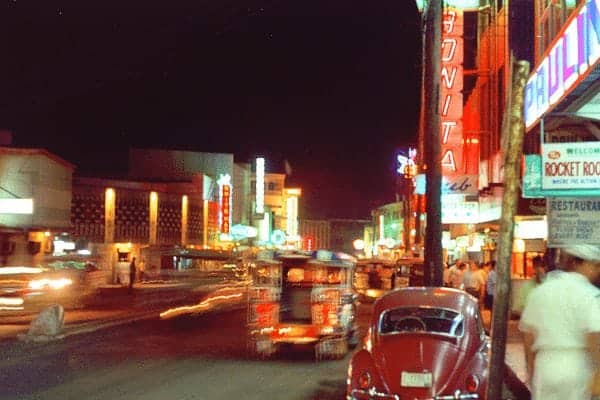
Part III: Pampanga.
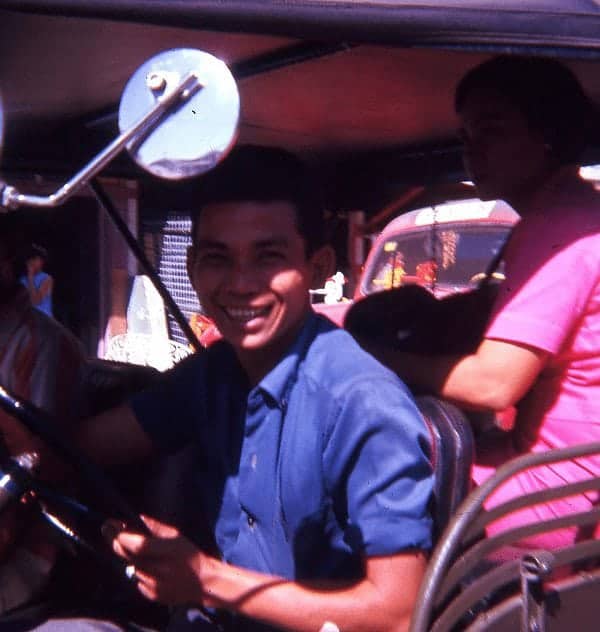

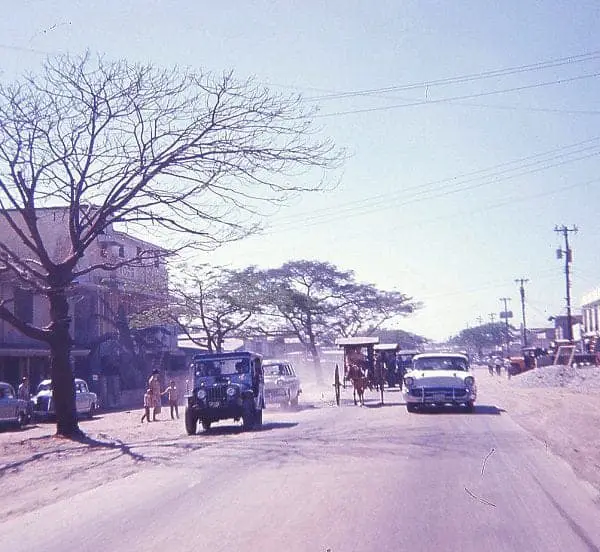
BONUS: A Pan Am tour of the Philippines in the 1960s (German narration).
References
Albert, J. (2012). Understanding Changes in the Philippine Population. Philippine Statistics Authority Official Website. Retrieved 15 August 2016, from http://goo.gl/1kDpUI
Coclanis, P. (2013). Asia’s Next Tigers? Burma, the Philippines, and Sri Lanka. World Affairs Journal. Retrieved 15 August 2016, from http://goo.gl/JVfUiu
Fallows, J. (1987). A Damaged Culture: A New Philippines?. The Atlantic. Retrieved 15 August 2016, from http://goo.gl/HFNCqw
Garcia, D. (2009). Life in the Golden 1960s. Cocoy’s Delight. Retrieved 15 August 2016, from https://goo.gl/ZiKiE9
Highlights of the Philippine Population 2015 Census of Population. (2016). Philippine Statistics Authority Official Website. Retrieved 15 August 2016, from https://goo.gl/tdqzJf
FilipiKnow
FilipiKnow strives to ensure each article published on this website is as accurate and reliable as possible. We invite you, our reader, to take part in our mission to provide free, high-quality information for every Juan. If you think this article needs improvement, or if you have suggestions on how we can better achieve our goals, let us know by sending a message to admin at filipiknow dot net
Copyright Notice
All materials contained on this site are protected by the Republic of the Philippines copyright law and may not be reproduced, distributed, transmitted, displayed, published, or broadcast without the prior written permission of filipiknow.net or in the case of third party materials, the owner of that content. You may not alter or remove any trademark, copyright, or other notice from copies of the content. Be warned that we have already reported and helped terminate several websites and YouTube channels for blatantly stealing our content. If you wish to use filipiknow.net content for commercial purposes, such as for content syndication, etc., please contact us at legal(at)filipiknow(dot)net